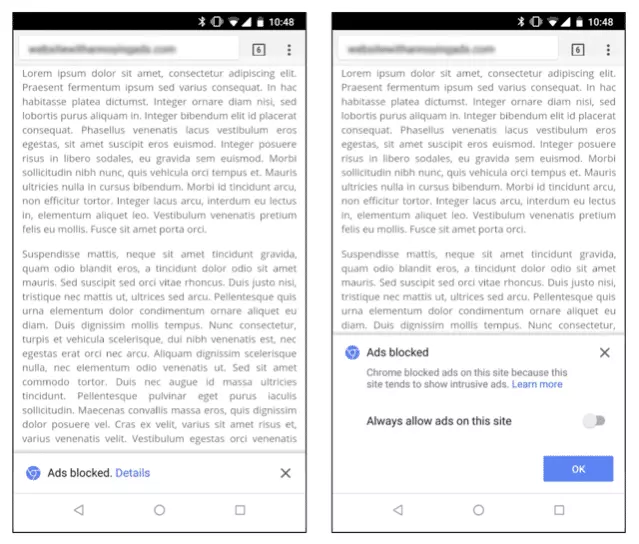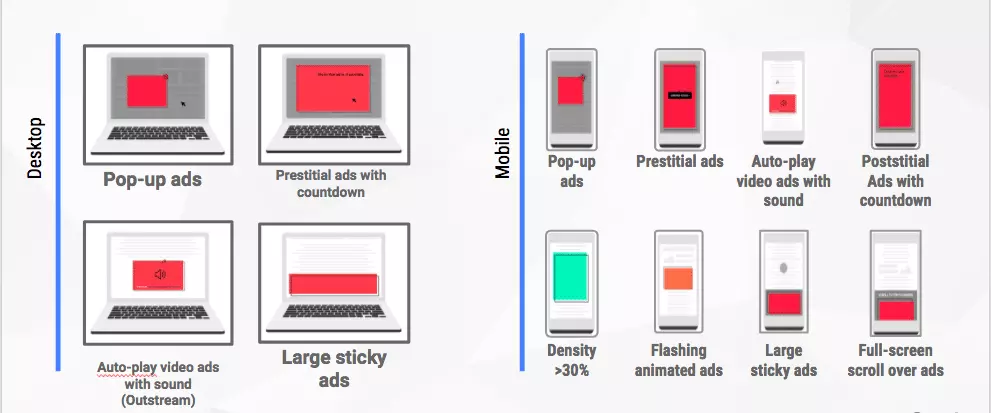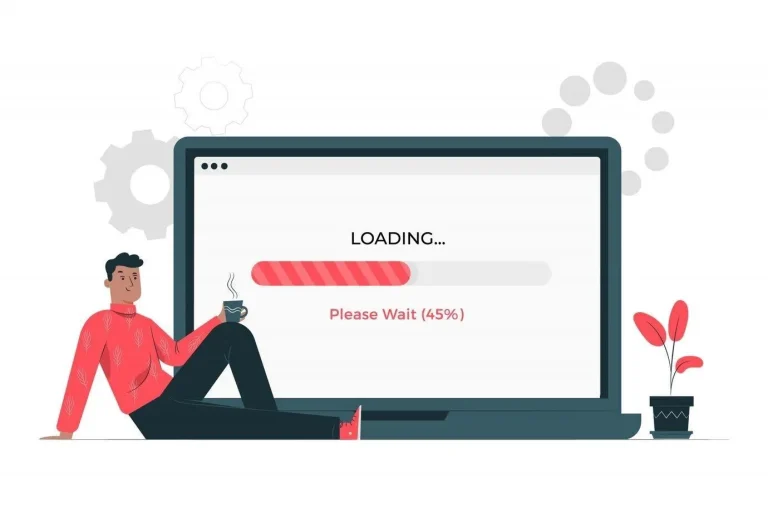The ‘Better Ads Standards’ and the ‘Acceptable Ads Standards’ are commonly heard terms in the ad-tech industry, especially by the people dealing with ad blockers. While it is evident from the names that both of them exist for common goals, there are many differences between the two. Let’s sort them out.
Table of Contents
Better Ads vs Acceptable Ads: The Origins
Better Ads:
The term ‘Better Ads’ comes from a non-profit consortium called The Coalition for Better Ads. The coalition gives us a set of ‘Better Ads Standards’, that should be followed across the industry to deliver the best possible user experience with online ads. The idea is, if the experience with online ads will be pleasant, then the user will not be compelled to use ad blockers.
Acceptable Ads:
The term ‘Acceptable Ads’ comes from a for-profit company called Eyeo which is also the parent company of AdBlock and Adblock Plus extensions. The company created the ‘Acceptable Ads Committee’ which now maintains the ‘Acceptable Ads Standards’. The motive behind the standards is to deliver only the ‘respectful, nonintrusive, and relevant’ to the ad-blocking users. The committee claims that more than 150 million ad-blocking users have consented to seeing Acceptable Ads
The Process behind the Standards
Both standards are based on their own separate criteria. The methods of coming up with their criteria, the size of the surveys, and the number of tested ad formats vary significantly in both the studies.
Better Ads Standards:
Thousands of paid participants are surveyed by the Coalition for Better Ads to come up with the standards. In the initial phase, more than 25,000 users from North America and Europe were surveyed for 55 desktop ad experiences and 49 mobile ad experiences.
The findings from the initial phase were used to find the least preferred and most annoying ad experiences that can lead users to install ad blockers. In the later phase, the research was conducted in Asia, Latin America, and Africa for further refinement in the results.
“Paid participants across different demographics were selected. The participants were each asked to read articles on four simulated content pages, three of which contained different ad experiences, and one of which had no ads. Participants were then asked to rate each ad experience on multiple factors, such as whether the ad was annoying or distracting. The survey participants also comparatively ranked the different ad experiences, based on personal preference”
Acceptable Ads Standards:
The process explained by Eyeo is very different from the Coalition. First the suggestion of adding a standard is given by a Representative. The suggestion has to be data-driven. Then the members of the committee share their feedback towards the suggestion. Later the user-feedbacks towards the suggestion are taken online. Ultimately, the decision is taken by vote, if the consensus is reached then the suggestion becomes a standard.
For mobile ads, around 2000 mobile ad-blocking users were surveyed in 2017. The respondents rated 12 different ad types on a scale of 1 to 5. The findings were reviewed by the committee. After the review, the acceptable mobile ads were finalized in 2018.
The Difference in Approach
There is a huge difference in how both organizations make the industry adopt their standards. The Coalition for Better Ads has a voluntary approach where the parties in the ad tech industry can choose not to follow the Better Ads Standards. Whereas, the Acceptable Ads Committee has a more forceful approach where it blocks the ads of any party that doesn’t follow the standards.
Better Ads Standards:
The Better Ads Standards are made so that users do not see annoying ads, to do so, the coalition asks the industry to follow the standards. To persuade the adoption, the members of the coalition (SSPs, DSPs, and others) can stop working with the publishers who aren’t following Better Ads Standards. You’ll find many SSPs that list Better Ads as a mandatory requirement in their approval process. Additionally, Chrome browser can filter annoying ads or completely block all the ads on websites that do not follow the Better Ads Standards. But the visitors have the option to unblock the ads.

Acceptable Ads Standards:
The implementation of the Acceptable Ads Standards are more punitive in nature. Due to this nature, the initiative and the company behind it (Eyeo) has faced a lot of criticism and controversies. First, the publishers, ad tech providers, advertisers, SSPs, and all other participants in the ad delivery process have to adopt the standards. Then, they’ll have to get whitelisted by the Acceptable Ads Committee. If you’re large enough then you have to pay for getting whitelisted too
“We qualify an entity as large when it gains more than 10 million additional ad impressions per month due to participation in the Acceptable Ads initiative. For a large entity, our licensing fee normally represents 30 percent of the additional revenue created by whitelisting its Acceptable Ads.”
After fulfilling all the criteria, you’ll be able to serve ads to the ad-blocking users. But the users also have the option to block all the ads (including the acceptable ads). If the user decides to block all the ads, then your ads won’t be delivered whatsoever. The Adblock Plus website says that 83% of its users do not mind seeing Acceptable Ads. So if the remaining users are blocking all the ads, then we can say 17% of ads are still getting blocked despite being ‘Acceptable’.
Criticism of Acceptable Ads Standards
The Acceptable Ads Committee says that it doesn’t take any fee from small entities but the parties in the ad tech industry are connected closely to each other, so if one party faces loss then it can delegate the losses to its peers. Companies like Google, Microsoft, and Amazon are already paying huge sums of money to Eyeo. The CEO of IAB once called the Adblock Plus an extortion based business. In another instance, the Acceptable Ads Manifesto has been called a ransom note. There have been many allegations and responses on the topic of Acceptable Ad Standards. Overall, we can say that Acceptable Ads is a controversial initiative.
The Standards
The Better Ads Standards gives us 4 desktop and 8 mobile ad experiences to avoid. We have already covered them in our Ad Experience post.

The Acceptable Ads Standards broadly have three rules:
- The placement of the ads should be above, below, or beside the primary content so that the natural flow of reading is not broken.
- The ads should be labelled as advertisements.
- The ads should not collectively cover more than 15% of the viewable portion when the page loads. If the ads are placed lower on the page then the maximum collective area should not be more than 25% of the viewable portion.
For complete specifications of Acceptable Ads, you can visit their official page.
What’s Next?
As a publisher, user experience has a paramount importance. Regardless of whether an ad standard prohibits an ad experience or not, you shouldn’t implement it if it spoils user experience. Revenue is another factor while following standards.
For instance, Acceptable Ads do not allow refreshing ads, pre-roll ads, rich media ads, expanding ads, overlay in-video ads etc. So, if you run such ads but you have to stop them to comply with the Acceptable Ads Standards, then calculate the revenue that you’ll lose by doing so. If the present revenue loss due to ad blockers is lesser than the potential loss by scraping the current ads, then it’s wise to avoid enrolling in the initiative. You’ll still be abiding the Better Ads Standards while doing so.























